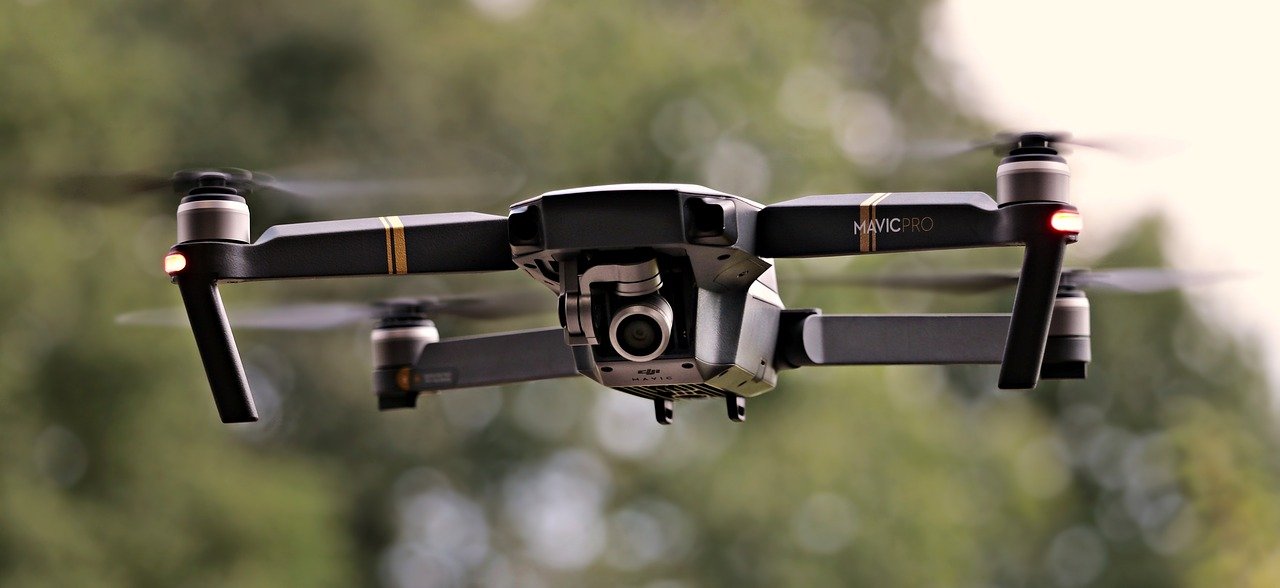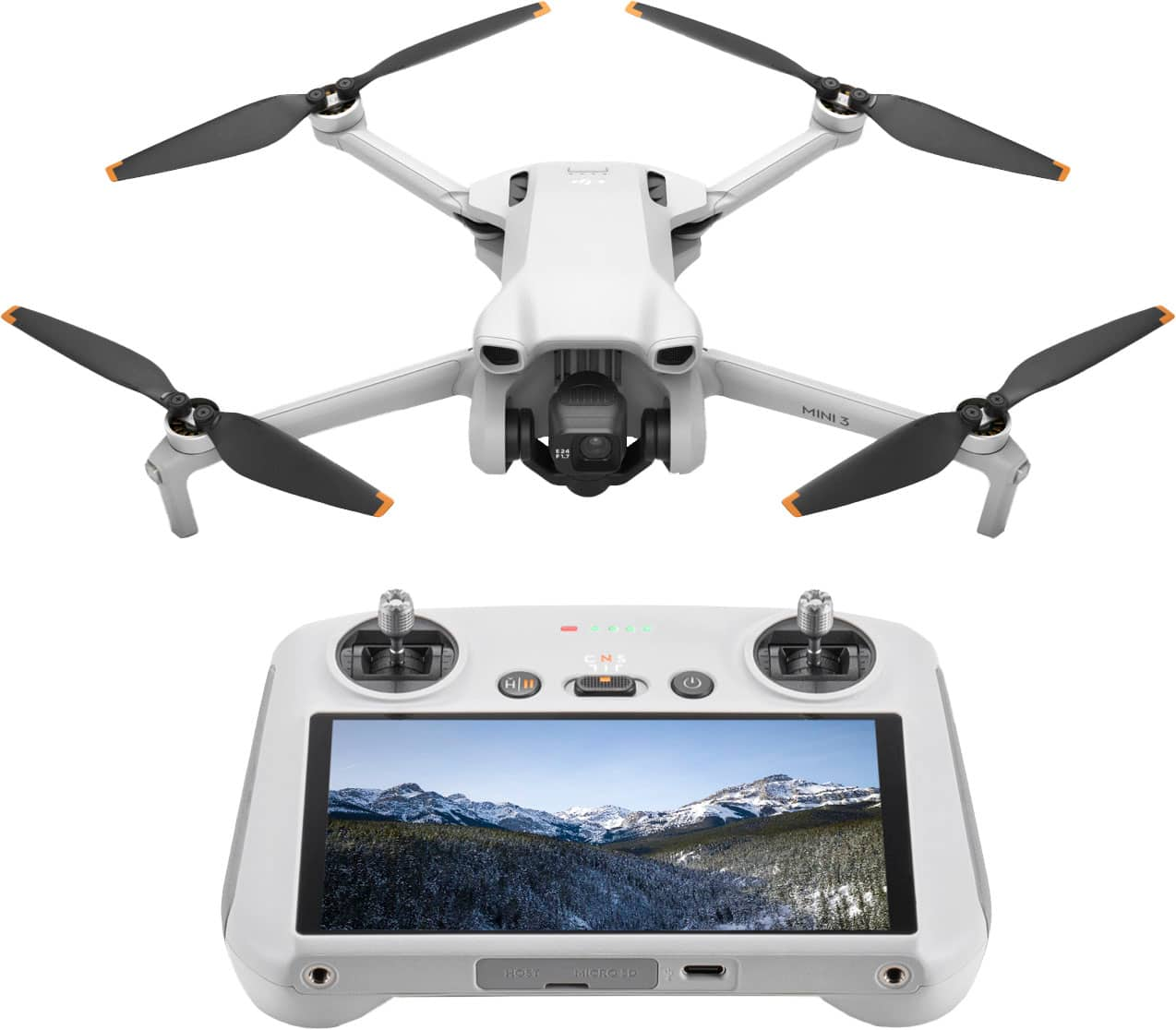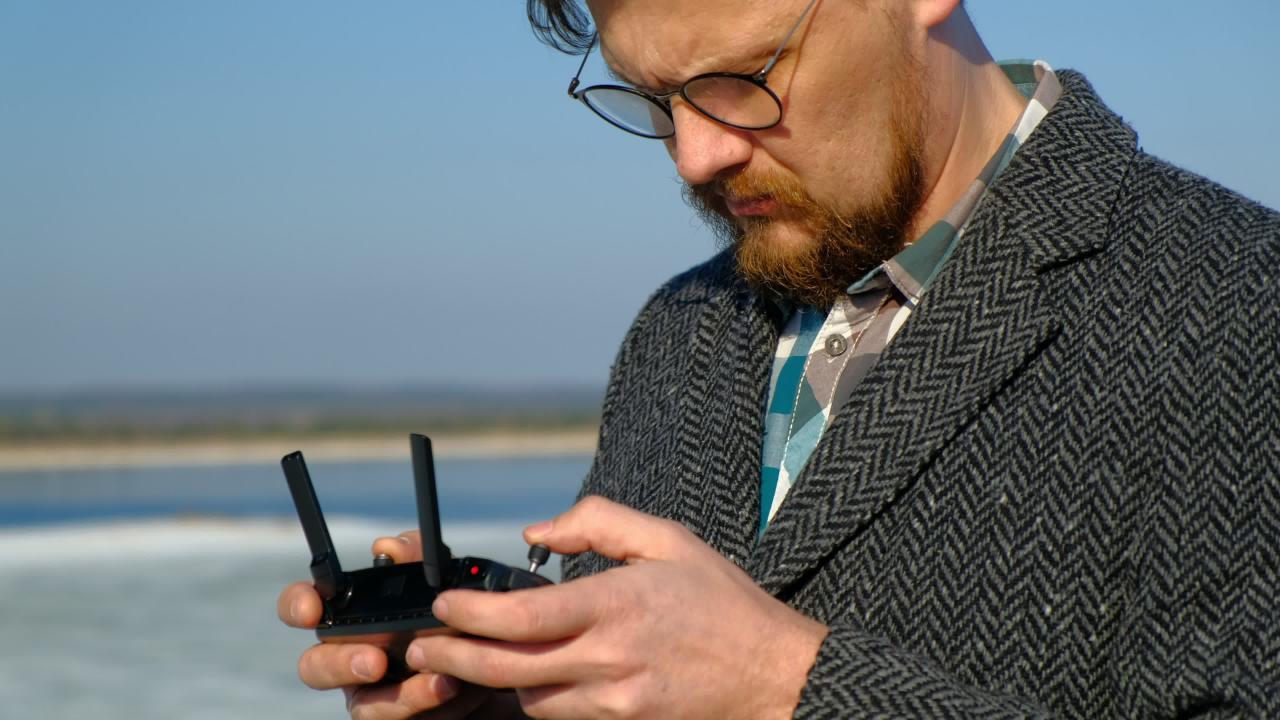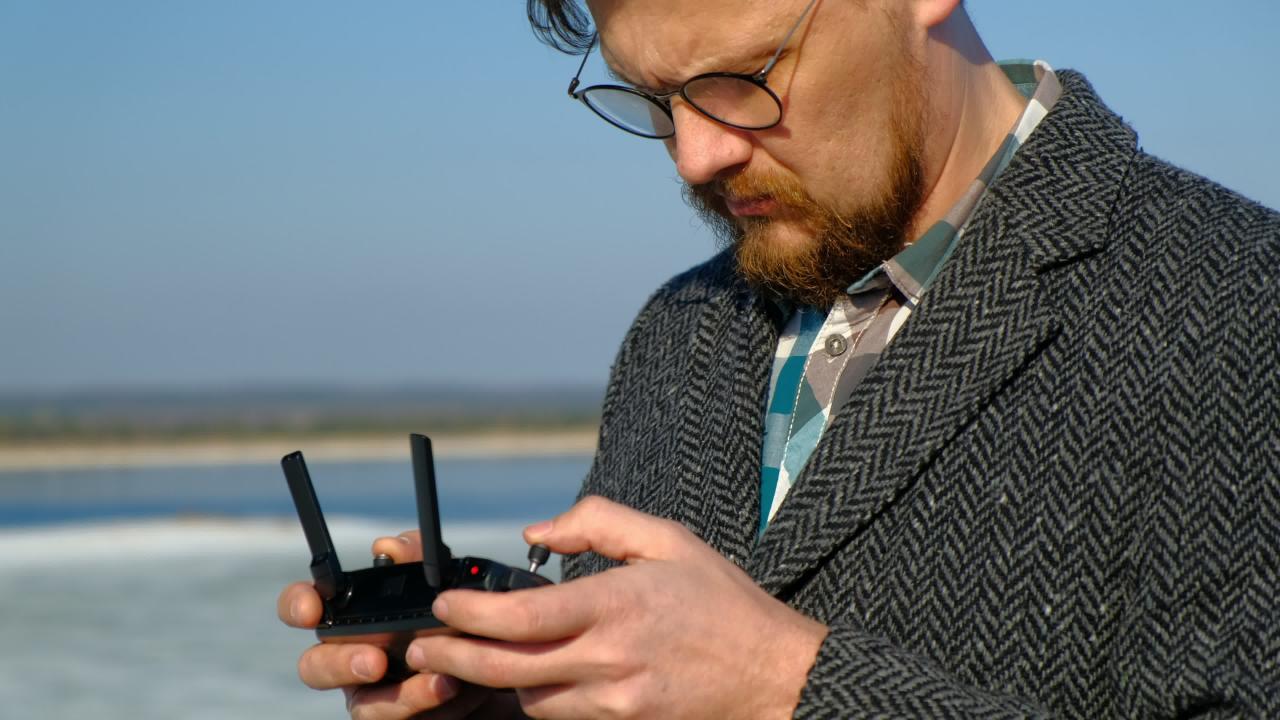Drone remote start: Imagine effortlessly launching your drone from anywhere, anytime. This isn’t science fiction; it’s the exciting reality of remote drone operation. We’ll explore the technology behind it, its diverse applications, and the crucial safety and legal considerations you need to know before taking flight.
This guide dives deep into the world of drone remote start, covering everything from the different types of systems available and their technological components to the legal and regulatory landscape. We’ll examine the potential benefits and challenges across various industries, ensuring you’re well-informed about this rapidly evolving technology.
So you’re into drone remote start? It’s pretty cool, right? But remember safety first! A recent incident, like the one described in this article about a drone crash in Paris , highlights the importance of proper training and understanding your drone’s limitations. Mastering remote start is great, but responsible flying is even better – it prevents accidents and keeps everyone safe.
Understanding Drone Remote Start
Drone remote start, a feature increasingly common in modern drones, allows users to initiate various drone functions remotely, often before physically handling the aircraft. This offers several advantages, from enhanced convenience to improved safety and efficiency in various applications. This article delves into the functionalities, safety aspects, applications, technological components, legal considerations, and future trends of drone remote start technology.
Drone Remote Start Functionalities
Drone remote start encompasses more than just turning on the drone. It typically includes powering on the drone, initiating pre-flight checks (like GPS acquisition and sensor calibration), and even starting the motors and propellers, all from a distance. Some advanced systems even allow for pre-programmed flight path initiation or the execution of specific tasks.
Types of Drone Remote Start Systems
Several types of remote start systems exist, varying in complexity and capabilities. These include systems relying on simple remote control signals, those utilizing cellular connectivity for longer-range control, and sophisticated systems incorporating GPS and other sensor data for autonomous pre-flight actions. The choice depends on the drone’s capabilities and the intended application.
Comparison of Remote Start Technologies

Different technologies underpin various remote start systems. For instance, some systems use radio frequency (RF) communication, offering relatively short-range but robust control. Others leverage cellular networks (4G/5G) or satellite communication for extended range, but with potential latency and vulnerability issues. The comparison often boils down to range, reliability, security, and cost.
Examples of Drones with Remote Start
Many modern commercial and industrial drones incorporate remote start capabilities. Examples include various models from DJI (like the Matrice series), Autel Robotics (like the EVO series), and other manufacturers focusing on agricultural or inspection applications. Specific models often highlight remote start features in their marketing materials.
Safety and Security of Remote Drone Start
While convenient, remote drone start presents inherent safety and security risks. Addressing these concerns is crucial for responsible and safe operation.
Potential Safety Risks
Potential safety risks include unintended drone activation, malfunctioning components causing erratic behavior, and the possibility of unauthorized access leading to unsafe flight operations. Robust testing and fail-safes are essential to mitigate these risks.
Security Vulnerabilities and Exploits
Security vulnerabilities can arise from weaknesses in communication protocols, inadequate authentication mechanisms, and software flaws. These vulnerabilities can be exploited by malicious actors to gain unauthorized control of the drone, potentially causing damage or misuse.
Safety Protocols and Best Practices
Best practices include using strong passwords, regularly updating firmware, employing secure communication protocols (e.g., encryption), and implementing physical security measures to prevent unauthorized access to the drone or remote control unit. Regular system checks are also critical.
Hypothetical Security System Design
A robust security system could incorporate multi-factor authentication, encrypted communication channels, intrusion detection systems, and geofencing to limit operational areas. Regular security audits and penetration testing would further enhance the system’s resilience.
Want to start your drone from afar? Drone remote start tech is getting pretty slick these days, especially with the advancements in battery tech and software. If you’re looking to invest in companies pushing the boundaries of drone technology, you might want to check out the current performance of ses stock which is often a good indicator of the industry’s overall health.
Ultimately, understanding the market can help you make better decisions about your drone purchases and future upgrades to your remote start capabilities.
Applications of Drone Remote Start Technology
Remote drone start enhances efficiency and expands the applications of drones across numerous industries. The ability to remotely prepare a drone for flight significantly reduces manual handling and allows for more streamlined operations.
Drone Remote Start Applications Across Industries
| Industry | Specific Application | Benefits | Potential Challenges |
|---|---|---|---|
| Agriculture | Automated crop spraying | Increased efficiency, reduced labor costs | Network connectivity issues in remote fields |
| Surveillance | Pre-programmed patrol routes | Continuous monitoring, improved security | Power management, potential for system failures |
| Delivery | Autonomous package loading and takeoff | Faster delivery times, reduced human intervention | Security risks, regulatory compliance |
| Inspection | Remote infrastructure assessment | Reduced risk to human inspectors, efficient data collection | Weather conditions, communication range limitations |
Efficiency Improvements in Specific Industries
In agriculture, remote start enables automated pre-flight checks and deployment of drones for tasks like crop spraying or livestock monitoring, optimizing operational time. In infrastructure inspection, remote start allows for quicker deployment of drones to assess bridges, power lines, or other structures, reducing downtime and improving safety.
Future Applications of Drone Remote Start
- Emergency response: Rapid deployment of drones for search and rescue operations.
- Environmental monitoring: Automated data collection in hazardous environments.
- Disaster relief: Quick assessment of damage and delivery of supplies.
Technological Components of Drone Remote Start Systems
A functional drone remote start system relies on a combination of hardware and software components working in concert.
Hardware Components
Essential hardware includes a remote control unit with communication capabilities, the drone itself with integrated receivers and control systems, and possibly additional components like GPS modules, cellular modems, or other sensors depending on the system’s sophistication. A robust power supply is also crucial.
Software and Communication Protocols
The software encompasses firmware within the drone and applications on the remote control unit. Communication protocols can include proprietary systems or standardized protocols like MQTT or UDP for data transmission between the remote control and the drone. Security protocols are integrated for secure communication.
Initiating Drone Flight via Remote Start
The process usually involves powering on the remote control, establishing communication with the drone, initiating a pre-flight sequence (possibly including GPS acquisition and sensor checks), and then sending a command to start the motors. A confirmation signal from the drone indicates successful initiation.
Data Flow During Remote Start
During remote start, the remote control sends commands to the drone. The drone responds with status updates and sensor data, confirming the progress of the sequence. This bidirectional communication ensures a smooth and safe startup process. Error handling mechanisms are integrated to manage potential issues.
Legal and Regulatory Considerations
The use of drone remote start technology is subject to various legal and regulatory frameworks that vary significantly by region. Compliance is paramount to avoid legal penalties.
Legal Frameworks and Regulations
Regulations often address issues such as drone registration, operator licensing, operational airspace restrictions, and data privacy. These regulations are constantly evolving, so staying informed is critical.
Legal Challenges and Compliance Issues
Potential challenges include ensuring compliance with data protection laws, managing liability in case of accidents, and navigating varying regulations across different jurisdictions. A clear understanding of applicable laws is essential.
Permissions and Certifications
Operating drones with remote start capabilities often requires specific permissions and certifications from relevant aviation authorities. These requirements vary depending on the drone’s capabilities, intended use, and the geographical location.
Comparative Analysis of Drone Regulations

Regulations concerning drone operation, including remote start features, differ significantly between countries. Some countries have more permissive regulations than others, leading to a complex regulatory landscape for international drone operations.
Future Trends and Developments

Drone remote start technology is expected to continue evolving, driven by advancements in communication technologies, artificial intelligence, and autonomous systems.
Predictions for Future Development
We can expect to see more robust security measures, improved range and reliability of communication systems, and greater integration with other technologies like AI-powered autonomous flight planning. Miniaturization of components will also play a role.
Ever wondered how drone remote start works? It’s all about the signal, a precise command sent to initiate the flight. Think about the scale – from simple hobby drones to the ones involved in events like the recent drone attack russia , where sophisticated remote control systems were clearly in play. Understanding remote start is key to appreciating the tech behind both everyday drone use and more complex scenarios.
Technological Advancements
Advancements in 5G and beyond 5G communication will likely enhance the range and reliability of remote start systems. Improved battery technologies will extend flight times, and advancements in AI will enable more sophisticated autonomous pre-flight checks and flight planning.
Hypothetical Next-Generation System, Drone remote start
A next-generation system could incorporate advanced AI for predictive maintenance, self-diagnostic capabilities, and enhanced security features such as blockchain-based authentication. Improved sensor fusion would allow for more precise and reliable pre-flight checks.
Innovations Enhancing Safety, Security, and Efficiency
- Enhanced encryption protocols for secure communication.
- AI-powered anomaly detection for preventing malfunctions.
- Improved battery management systems for longer flight times.
- Integration with cloud-based platforms for data management and analysis.
Epilogue
From the convenience of remote launching to the complex considerations of safety and regulation, drone remote start is transforming how we utilize unmanned aerial vehicles. Understanding the technology, its implications, and the best practices for responsible use is crucial for harnessing its full potential while mitigating risks. As this technology advances, we can anticipate even more innovative applications and increased integration across industries.
FAQ: Drone Remote Start
What are the typical range limitations of drone remote start systems?
Range varies greatly depending on the system and environmental factors. Expect shorter ranges in areas with signal interference. Check your system’s specifications for details.
How much does a drone remote start system cost?
Prices range widely based on features and capabilities, from a few hundred to several thousand dollars. Consider your needs and budget when choosing a system.
Is it legal to use drone remote start everywhere?
No. Regulations vary significantly by country and region. Always check local laws and obtain necessary permits before operating a drone with remote start capabilities.
What happens if the connection is lost during a remote start?
Most systems have fail-safes, such as automatic return-to-home functionality. However, always maintain visual contact when possible and prioritize safe operation.
